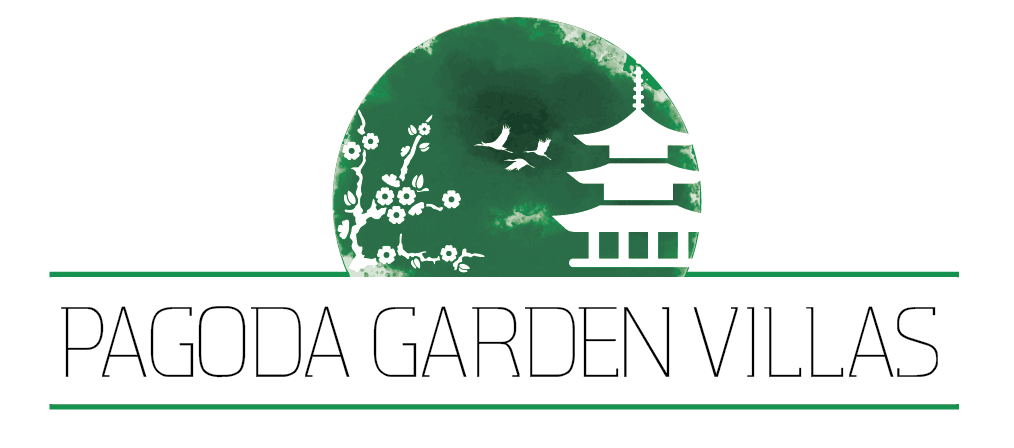Heliconia Habits
/I first visited Costa Rica with a friend in the mid nineties. We stayed at the famous Grano de Oro hotel in San Jose. The hotel is long on details and one of those details are the lavish flower arrangements festooned aroundthe lobby. That was the first time I saw a heliconia. It didn't look real. I had to touch it.
When we moved to Costa RIca in 2005, I knew I wanted to grow these on my property. Fortunately, my mother in law Joyce had several species. I took babies of everything she had. Our collections grew over the next few years as we would go on several plant collecting trips. On one such excursion to the Wilson Botanical Garden in San Vito, we discovered the mother lode of heliconia. A small unassuming sign said "Paraiso de las Heliconias". My mother-in-law screamed "stop". She was not looking at the sign. She was looking at a species called Caribaea Flash that we had only seen in books. it was right next to the front gate. As we drove up the driveway, our eyes were so glued to the mass plantings of different species we had never seen that we almost did not see the figure standing in the road to cautiously greet us. As the conversation gravitated towards his garden it became quickly apparent that we were in the presence of a heliconia king. Franklin Rodriguez had over 130 different species. We hit pay dirt.
Franklin and I became great friends and share a passion for collecting rare plants to this day. Shortly after meeting him we learned of a woman named Carla Black who was supposedly growing over 200 species in Panama and was slated to become the next president of the International Heliconia Society. We drove across the border to see what all the fuss was about. She did not disappoint. We bought as much as we could stuff into Franklin's Mitsubishi. Franklin and Carla probably have the largest heliconia collections in the world today. Carla makes frequent trips to Colombia and has brought several species back in recent years. They both grow more than 200 species but Carla usually has the edge in species count.
Franklin and Carla have given me a ton of advice (and plants) over the years. Here is what I've learned:
Elevation: As a general rule, the higher the elevation, the more species you will be able to grow. I'll never have the collections that Carla and Franklin have at the beach. Delicate pendant species, such as Heliconia Dielsiana, melt at lower elevations or succumb to rot. Many flowers will look markedly different when grown at different elevations with many of the pendant flowers having larger and more spectacular bracts at higher elevations.
Soils: Heliconias are usually found growing in rotting leaves and wood under rain forest canopy. When planting a rhizome cutting, fill the hole with about 75% leaves and 25% dirt. The leaves will mimic the natural organic medium that heliconias love and the dirt will provide stability so the new plant does not tip over.
Pests: There are several insects that can wreck havoc quickly and many will be specific to your area only. One of the main tells of an infected plant will be a browning in the new emerging leaf. This is usually due to a worm that is eating the rhizome. I usually cut down the stalk at the base and then dig out the worm with a machete. Franklin uses a cocktail of chemicals for the myriad pests that consists of Cipermetrina and Eminol, which he applies weekly with a backpack sprayer. The Eminol is for molds and the Cipermetrina keeps the bugs away.
Mulching: Try to mulch your plants at least once a year. Carla mulches several times a year. I prefer to use rotting leaves and wood. This really helps to keep the plant moist during dry periods and gives the plants rich organic food.
Fertilizers: Heliconias respond well to fertilizers and Franklin uses a standard 15-15-15 variety. He sprinkles it around the perimeter of the plant which induces the plant to send new rhizomes outward (rapidly expanding the plant in the process). For tough grows, I sprinkle some slow release fertilizer on the plant. Nutricote is my preferred brand.
The rains are here and we are planting several new species that Franklin has generously given us. I hope these tips help and happy planting!

